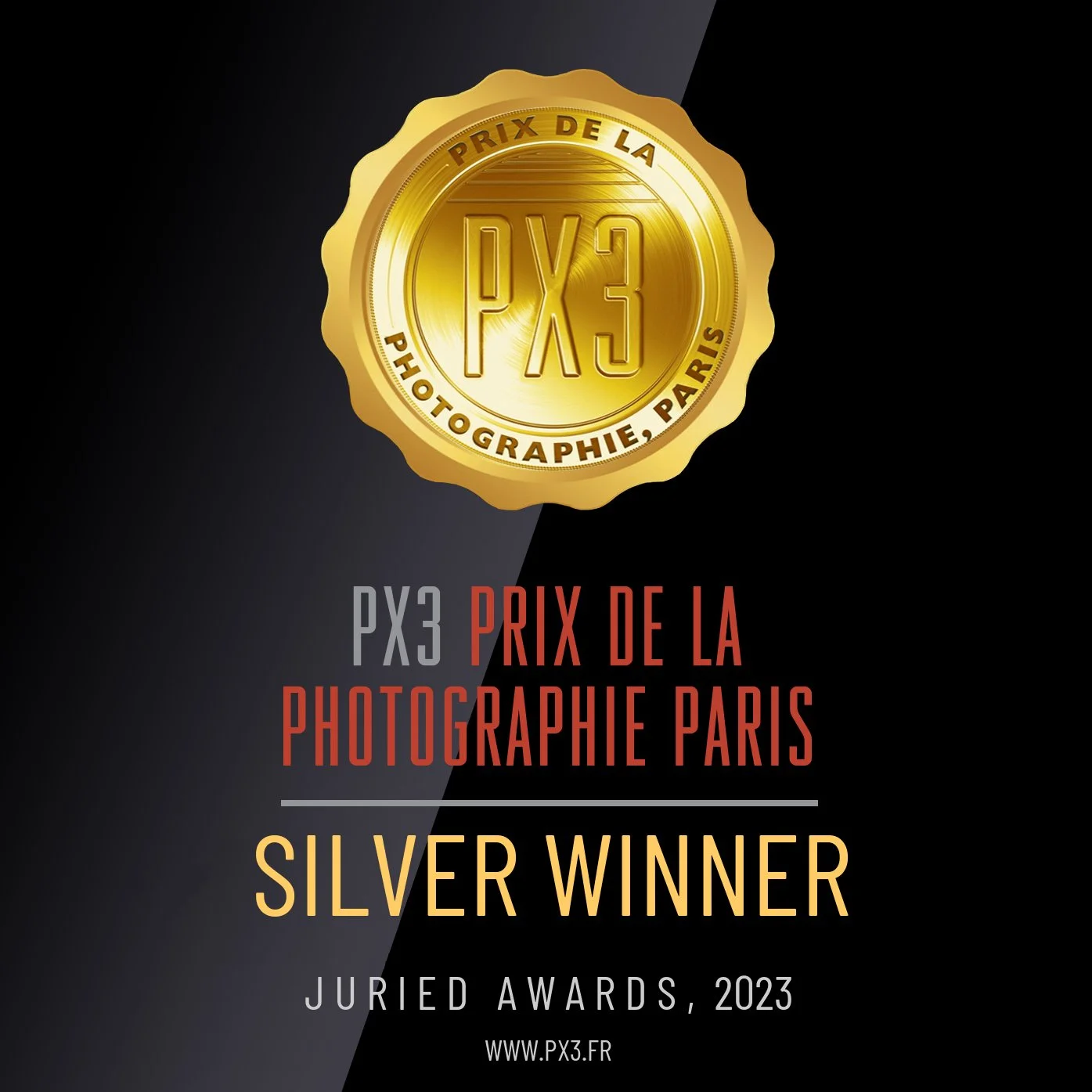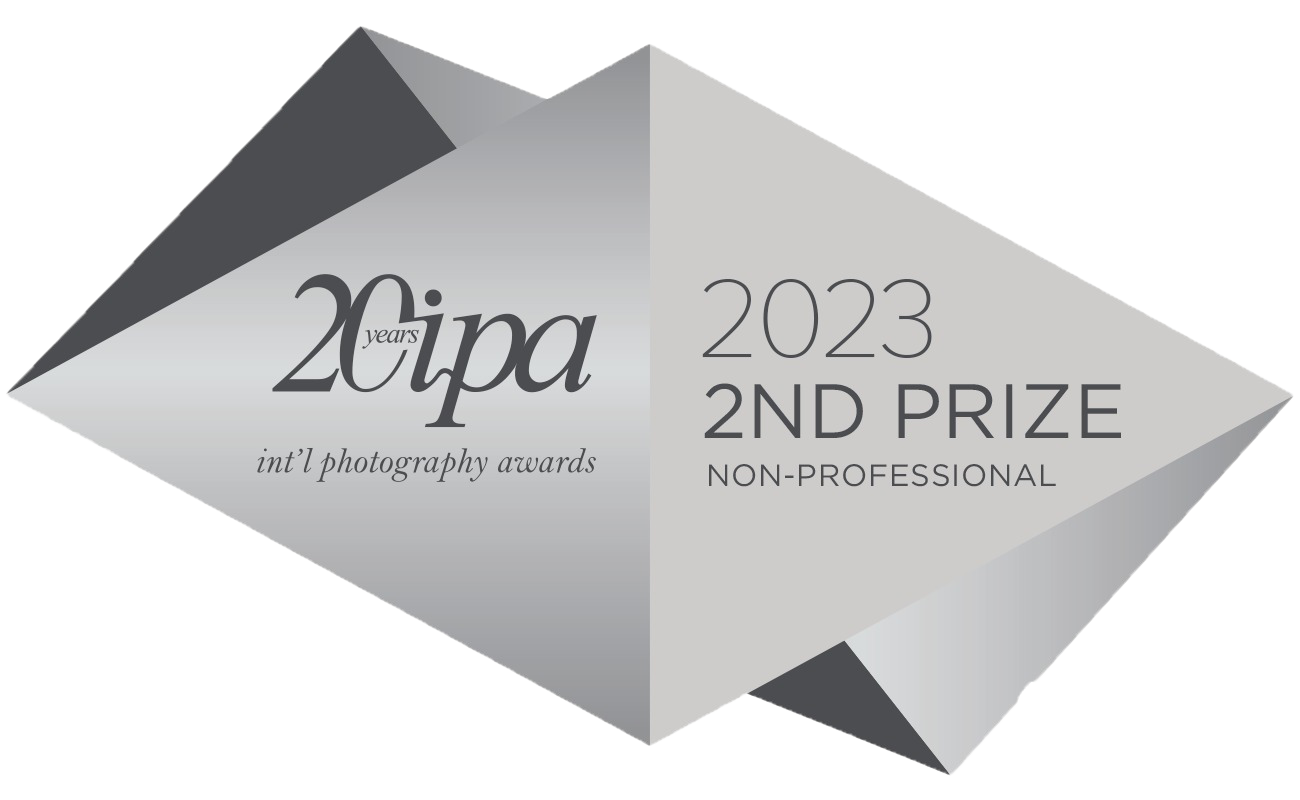Spin club stories
A Visual Journey Through Tradition, Memory, and Identity
Texts by Karen E. Haas, Anika Kreft, Astrid Reischwitz
Published by Kehrer Verlag, Heidelberg, Germany
Hardcover, 12 in x 9.7 in
128 pages, 78 color illustrations
English, German
SIGNED COPY | US$ 54.00
PRINT EDITION | US$ 325.00
*Please inquire about international shipping
In Spin Club Stories, Astrid Reischwitz explores personal and cultural memory influenced by her upbringing in a small farming village in Northern Germany. She uses keepsakes from family life, old photographs and embroidered fabric from the village to build a world of memory, identity and home. The Boston based artist takes cues from the old tradition of spin clubs in her village, where village women met to spin wool and create needlework—and share stories while they worked. She transforms this tradition of storytelling into a visual journey. Her own embroidered designs are partial representations of her ancestral linens, emphasizing the fragmentary nature of recollection.
By following the stitches in these fabrics, she follows a path through the lives of her ancestors and converses with the past.
From the preface by Karen E. Haas
“Reischwitz introduces her personal biography into her most recent work by way of stitches that are literally sutured into her paper prints, her work speaks viscerally to the fragmentation and sense of loss she faces in living so far from her home country. Whether copying a precise, decorative pattern from family linens, or embellishing traditional designs such as the tree of life or the double eagle, the artist makes no effort to hide any mistakes made in her own hand embroidery.”
Karen E. Haas has been the Lane Senior Curator of Photographs at the Museum of Fine Arts, Boston since 2001. She has authored numerous publications including Edward Weston: The Early Years and Gordon Parks: Back to Fort Scott.





